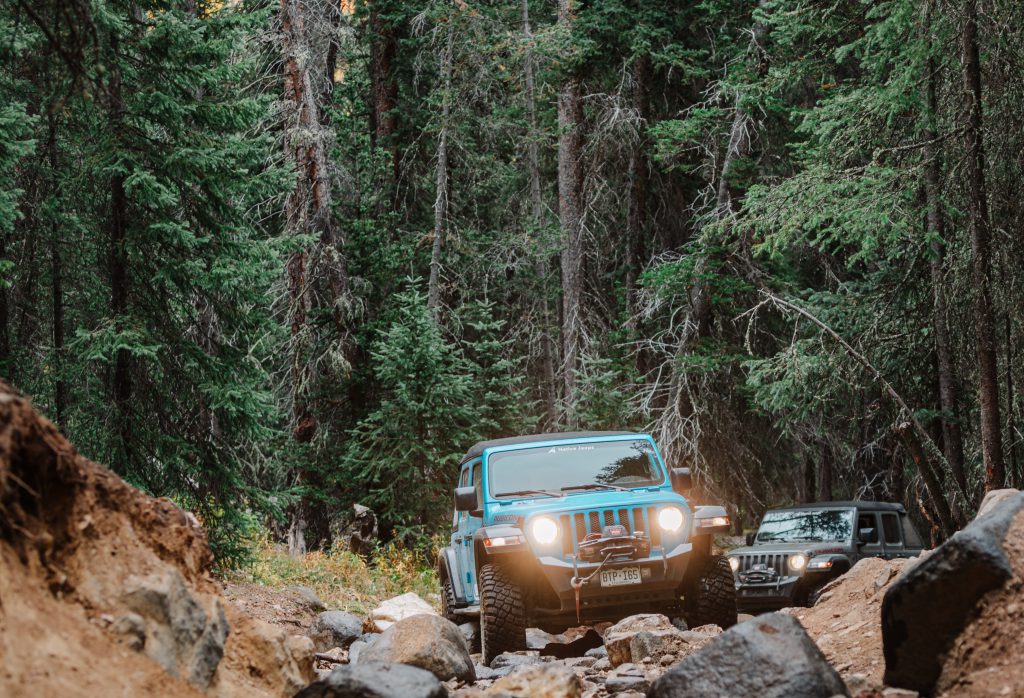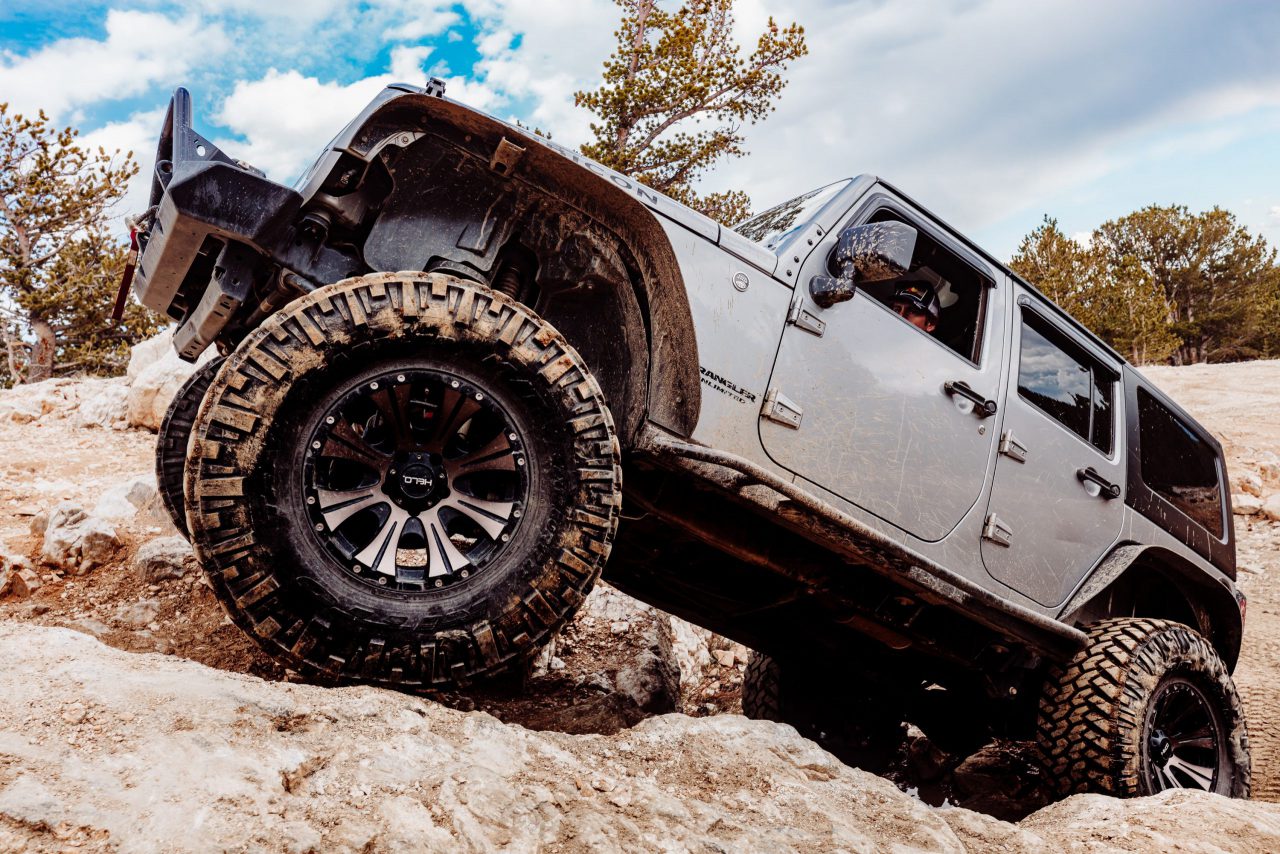When to Use Lockers Off-Road: Tips for Jeep Owners and Trail Drivers

What Is a Locker and Why Do You Need One?
Differential lockers are one of the most powerful tools in any off-roader’s arsenal — especially for rock crawling, uneven terrain, and self-recovery. But while lockers can get you through tough spots, using them incorrectly can break your rig fast. If you’re new to off-roading or just new to lockers, this post will help you understand what they do, when to use them, and when to stay off the switch.
How Lockers Work on the Trail
A locker solves the problem of open differentials, which send power to the wheel with the least traction — exactly the opposite of what you need when you’re off-road. Ever been stuck with one tire spinning in the air? That’s your open diff doing its job (badly).
A locker forces both wheels on an axle to spin together, so each wheel gets 50% of the torque — whether it’s buried in sand, up on a rock, or hanging in the air.
With a solid 50/50 split, your Jeep can keep traction and push through obstacles like steep climbs, uneven articulation, and slick surfaces — assuming you’ve got the right line and momentum.
When to Use Lockers Off-Road
Lockers are best used only when needed, especially to avoid trail damage or getting stuck. If I’m looking up at a steep hill climb, I’ll engage my lockers to reduce the chance of spinning out — which can tear up the trail and lead to erosion, sediment in local streams, and eventually trail closures.
In extreme terrain (think rock gardens, ledges, or slickrock faces), lockers are used situationally — often just for a few yards. You’ll switch them on and off as you work your way over specific obstacles.
Sometimes just a momentary front locker bump can help pull your Jeep over a ledge — especially when the front tires are perched but not biting.
Also: If you’re stuck and the lockers are not engaged, try hitting the switch before trying anything else. Lockers = instant traction.
When NOT to Use Lockers
Overuse is a classic rookie mistake.
Lockers can cause:
Increased drivetrain stress
Broken axles or diff components
Reduced turning radius, especially with front lockers
Avoid lockers when:
Turning tightly on high-traction surfaces (like slickrock)
Descending steep obstacles while needing steering finesse
You’re spinning wheels or bouncing the Jeep
If steering is more critical than traction, use the rear locker only or none at all. A locked front axle can make tight turns almost impossible.
Try Lockers for Yourself
Curious how lockers feel in action? You can try them on a real 4×4 trail with Native Jeeps’ You-Drive Off-Road Tours near Denver. We provide the Jeep, the lockers, and the know-how — you drive.
Book a YOU-Drive Jeep Tour – Idaho Springs
It’s the perfect intro for beginners and a fun challenge for off-road veterans.
Can You Add Lockers to Your Jeep?
Absolutely. If you own a Sport or Sahara, there are plenty of aftermarket locker kits available depending on your axle type and year. Just be sure to research compatibility — and understand how to use them before heading out solo.






